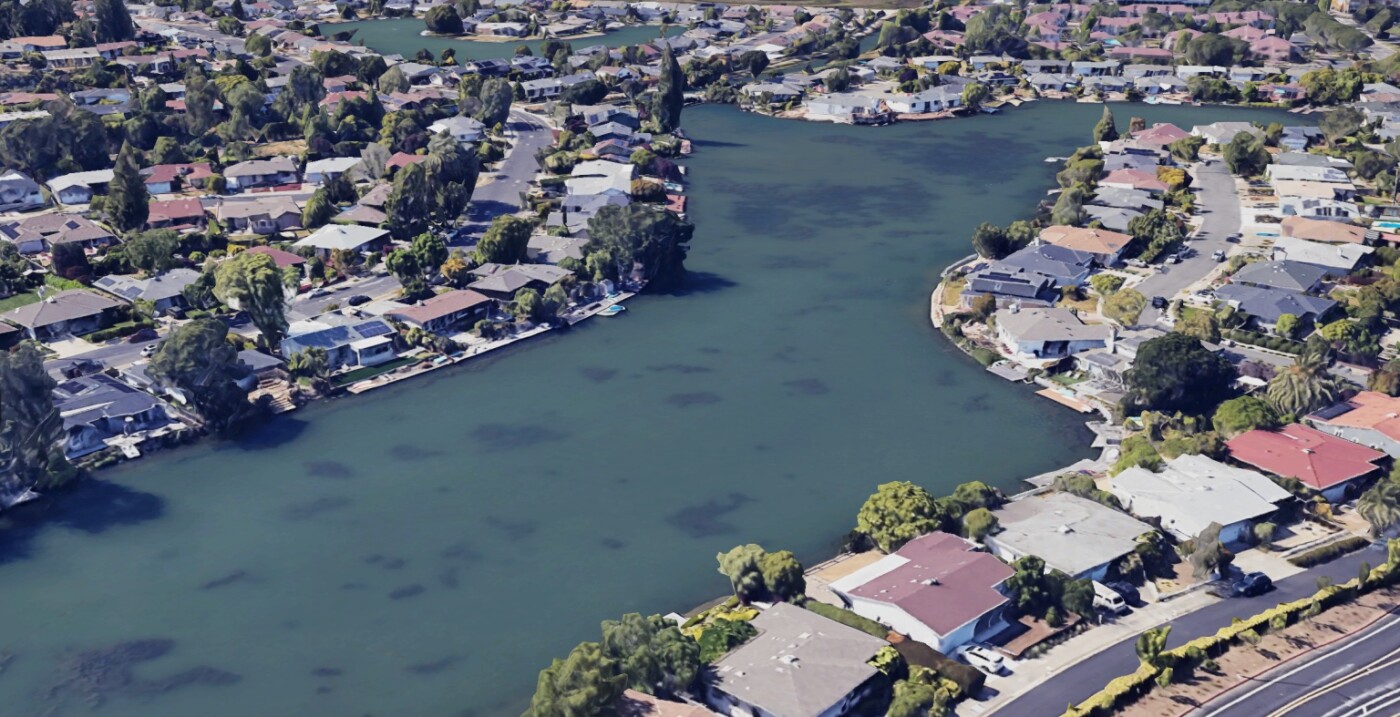While some Marin County communities have acted on their own to begin sea level adaptation projects, the county itself is still deciding what type of governance structure it needs to start thinking about broad approaches.
On Tuesday, the county Board of Supervisors approved their responses to recommendations in a Marin County Civil Grand Jury report on county readiness for sea level rise. That report, “Sea Level Rise: The Water is Upon Us, We Cannot Run — We Cannot Hide,” concluded that too many communities are currently exposed to the growing risk of flooding. It recommended that Marin create a single countywide entity to address sea level rise planning and that it should be done as quickly as possible.
The grand jury, a group of civilians who audit government practices, highlighted San Mateo County’s OneShoreline, a single organization formed from a water management district in 2020 by the City/County Association of Governments of San Mateo County.
OneShoreline works across jurisdictions to share expertise, benefit disadvantaged communities and provide a single entity for securing state, federal and private funds. Its website lists nine current adaptation projects currently underway on creeks, shorelines and flood zones.
“The complexity of addressing sea level rise may result in the postponement of critical adaptation actions such as building barrier walls to protect shoreline properties and hardening underground electric and sewage infrastructure,” the grand jury report said.
In response on Tuesday, Assistant County Executive Ariel Espiritu Santo told supervisors the county has hired a firm to help them decide what kind of governance structure would be best, and to expect a report next summer.
“We are currently conducting an analysis of potential governance structures,” she said, referring to a board-approved $500,000 contract to hire Los Angeles-based AECOM Technical Services Inc., a firm that specializes in infrastructure consulting.
“They’re going to do a pretty involved engagement process. They’ll get the feedback. And then based on that, come up with some ideas about what some potential structures could be, and then they’ll go back out to the engagement process again and get feedback on some options and ask how does this work? And based on that, mixed with outside research, they’ll be able to come to our board and have some options and a recommendation,” Santo said.
Meanwhile, individual entities are taking actions here and there. For example, the community of Stinson Beach is already shopping from a list of engineering options presented in June by the Marin County Community Development Agency.
The grand jury estimates the cost of adaptation in Marin County will be approximately $17 billion. If the county does not undertake adaptation actions, those costs could be over $34 billion.
A large portion of the town of Corte Madera currently lives in the floodplain, which is considered a Special Flood Hazard Area designated by the Federal Emergency Management Agency, according to the report.

The city of Larkspur has a mitigation action plan, but it’s aimed at reducing greenhouse emissions and has yet to address sea level rise adaptation. Mill Valley has a 2040 climate action plan, but by 2050 daily tides are projected to inundate the same area that is currently subject to flooding by a 100-year rain event.
Novato identified funding as a critical element, with Highways 101 and 37 at risk of sea level rise; and the city of San Rafael has requested funding for adaptation services in a low-lying canal neighborhood.
A 2023 state law, Senate Bill 272, requires all California coastal local governments to formulate sea level rise plans to be completed no later than 2034.
“But the water has already arrived. Marin residents have been experiencing sea level rise and related tidal flooding in Corte Madera, Marin City, Mill Valley, and Sausalito, among other towns,” the civil grand jury’s report said. “The Grand Jury concludes that Marin cannot wait ten years to complete such a plan because sea level rise is already impacting its communities, and flood risks will only increase over time.”
The post Marin County staff responds to ‘too little, too late’ civil grand jury report on rising sea level appeared first on Local News Matters.
